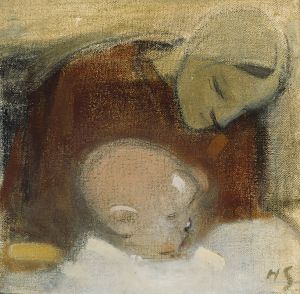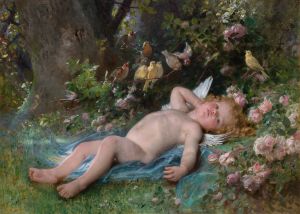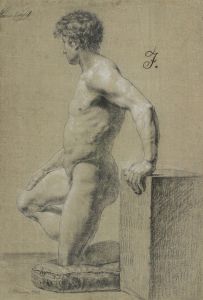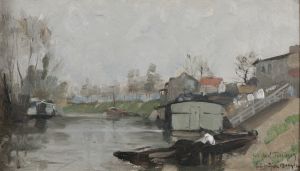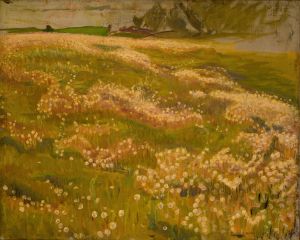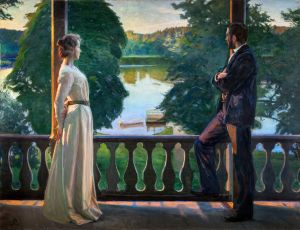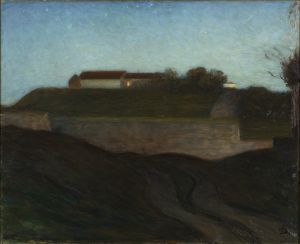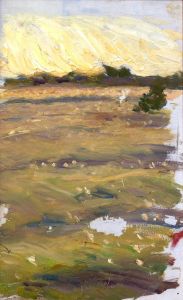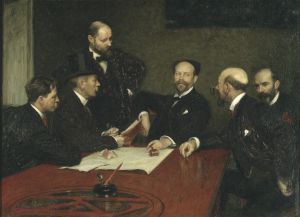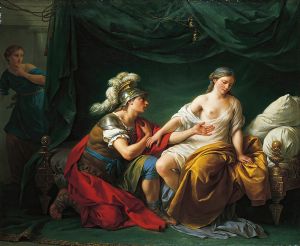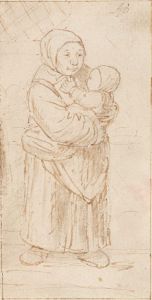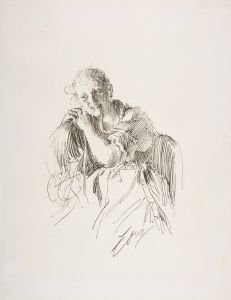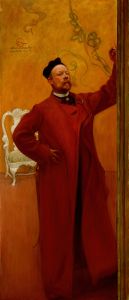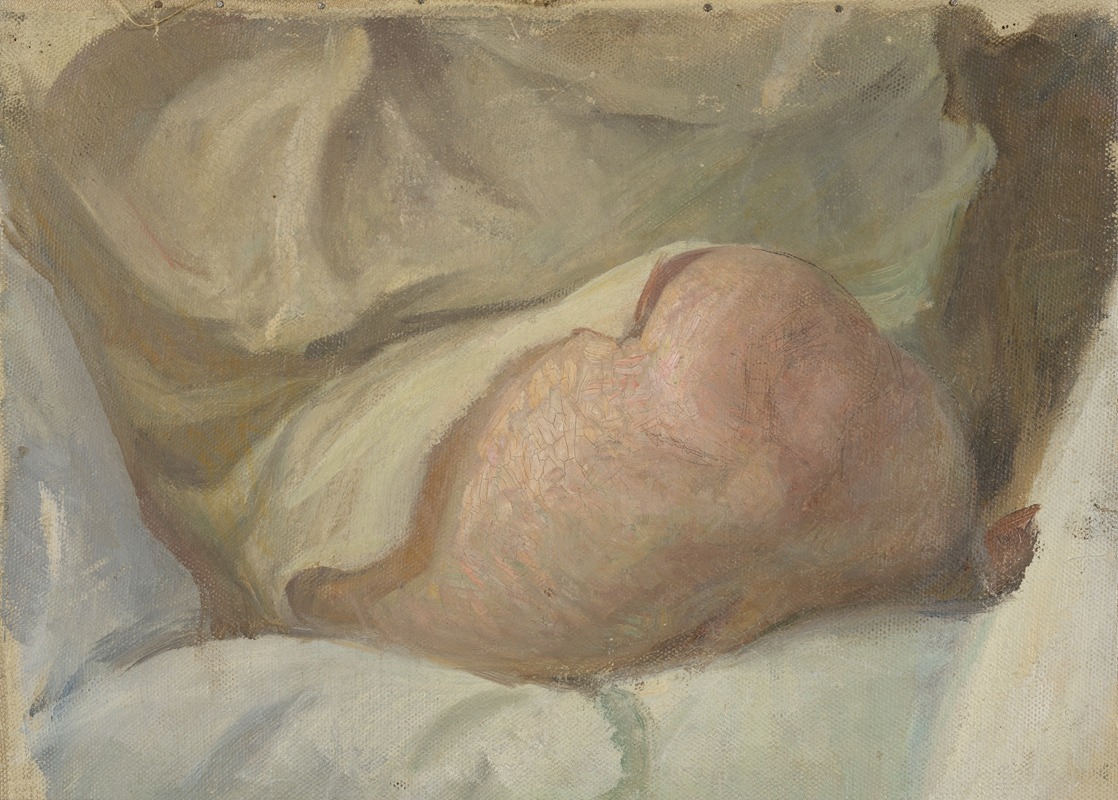
Study for Gustaf Fröding’s Knee
A hand-painted replica of Richard Bergh’s masterpiece Study for Gustaf Fröding’s Knee, meticulously crafted by professional artists to capture the true essence of the original. Each piece is created with museum-quality canvas and rare mineral pigments, carefully painted by experienced artists with delicate brushstrokes and rich, layered colors to perfectly recreate the texture of the original artwork. Unlike machine-printed reproductions, this hand-painted version brings the painting to life, infused with the artist’s emotions and skill in every stroke. Whether for personal collection or home decoration, it instantly elevates the artistic atmosphere of any space.
"Study for Gustaf Fröding’s Knee" is a painting by the Swedish artist Richard Bergh, who was an influential figure in the Swedish art scene during the late 19th and early 20th centuries. Richard Bergh was known for his contributions to the National Romantic style and his involvement in the development of Swedish art institutions. This particular work is a study, which means it was likely a preparatory piece for a larger or more detailed work, focusing on a specific aspect of the composition.
Gustaf Fröding, the subject of this study, was a renowned Swedish poet known for his lyrical and often introspective poetry. Fröding's work is celebrated for its exploration of themes such as nature, love, and the human condition, often infused with a deep sense of melancholy and existential reflection. His poetry resonated with many, and he became one of Sweden's most beloved literary figures.
The painting "Study for Gustaf Fröding’s Knee" captures a moment of intimacy and contemplation, focusing on the poet's knee, which may symbolize his grounded nature or the burdens he carried. The choice to focus on such a specific part of the body suggests an interest in the personal and the human, a common theme in Bergh's work. This study might have been part of a larger portrait or a series of works dedicated to Fröding, reflecting Bergh's admiration for the poet.
Richard Bergh was part of a movement that sought to capture the essence of Swedish identity and culture through art. His works often depicted landscapes, portraits, and scenes that emphasized the natural beauty and cultural heritage of Sweden. Bergh's style was characterized by a blend of realism and romanticism, often with a focus on light and atmosphere.
The relationship between Bergh and Fröding was likely one of mutual respect and admiration, as both were prominent figures in their respective fields. Bergh's decision to create a study focusing on Fröding's knee could indicate a desire to capture the poet's vulnerability and humanity, aspects that were central to Fröding's literary work.
Unfortunately, detailed information about the specific circumstances of the creation of "Study for Gustaf Fröding’s Knee," such as the exact date of its completion or its current location, is not readily available. However, the work remains an intriguing example of Bergh's artistic exploration and his connection to other cultural figures of his time.
In summary, "Study for Gustaf Fröding’s Knee" by Richard Bergh is a testament to the artist's skill in capturing the essence of his subjects through focused studies. It reflects the intersection of visual art and literature in Sweden during a period of rich cultural development, highlighting the mutual influence of artists and poets in shaping national identity.





